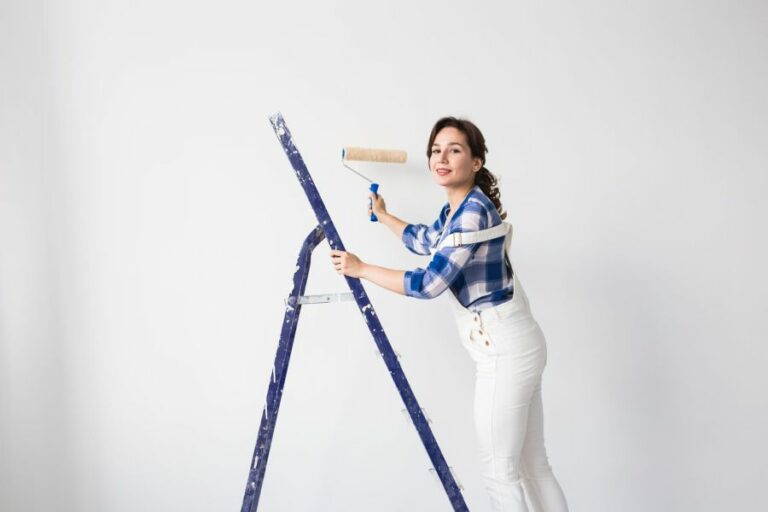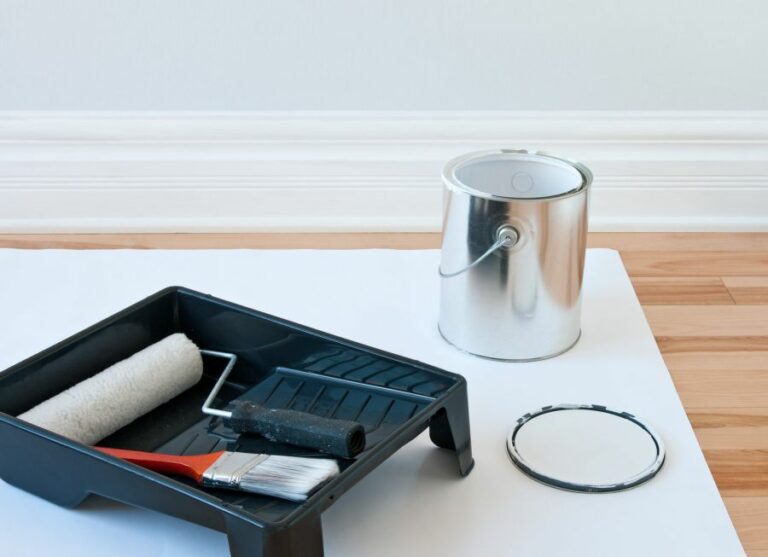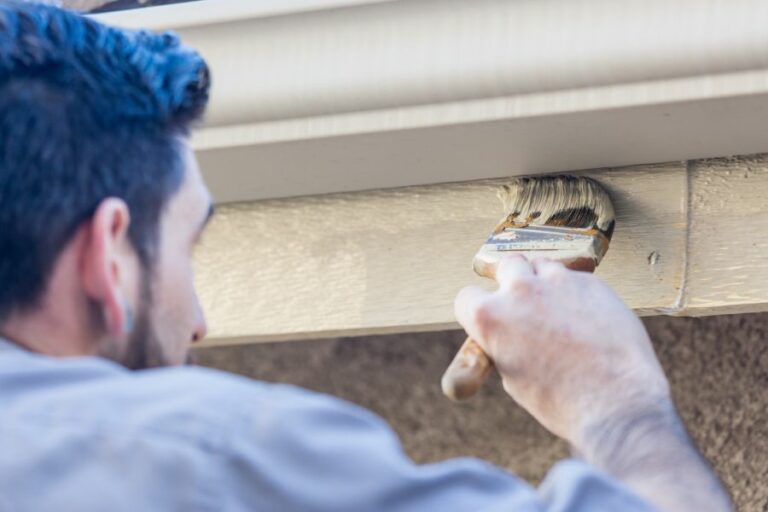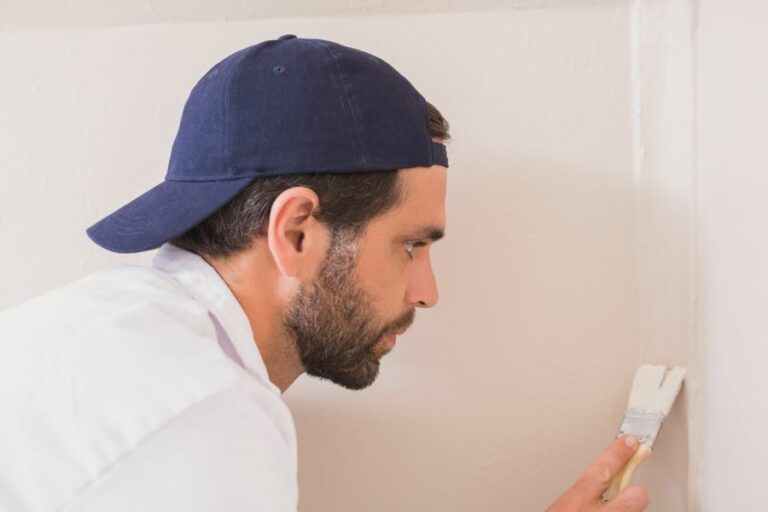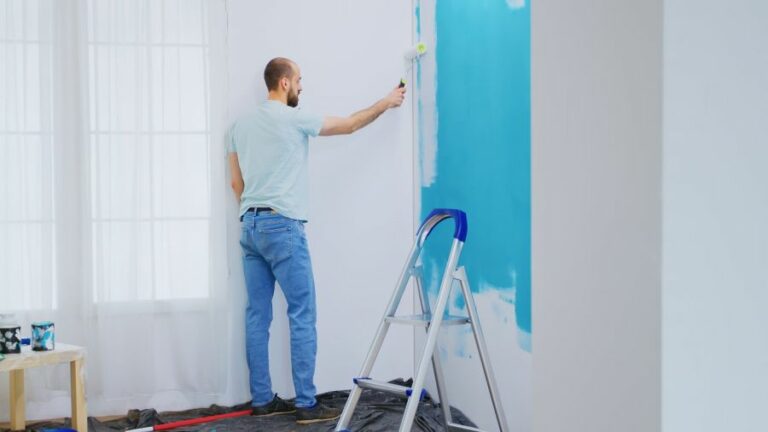Masking Techniques For Damage Prevention, What Pros Say
Have you ever experienced the frustration of discovering damage or scratches on your precious items, especially on surfaces that require long-lasting protection? Well, you are not alone. Thankfully, we have the perfect solution to prevent such damage with the proper application of masking techniques. Our methods offer numerous benefits that are essential for damage prevention, ensuring your belongings stay intact and look great for years to come.
Masking techniques for damage prevention:>
Masking techniques for damage prevention involve selecting appropriate masking materials like tape, paper, film, or fluid, and applying them properly during painting, sanding, and chemical applications. These techniques maintain surface integrity, protect components, and keep the work area clean, resulting in high-quality, professional outcomes.

Ready to learn how to prevent damage using masking techniques? We have a treasure trove of tips and tricks to share, from simple methods to advanced approaches. Keep reading and unlock the secrets to protecting and preserving your valuable items and surfaces!
Protective Masking Methods to Prevent Damage
Proper masking techniques play a vital role in preventing damage to surfaces during various tasks such as painting, sanding, and chemical application. Adhering to these techniques can help maintain the integrity of a surface, protect essential components, and keep the work area clean.
• Selecting the Right Masking Material
Choosing the appropriate masking material is crucial for effective damage prevention. Here are some of the most commonly used materials and their applications:
– Masking Tape
Masking tape is a versatile material suitable for general-purpose applications. It comes in various widths and adhesiveness levels, which can be selected based on specific project requirements. Some common varieties include:
- General-purpose masking tape: Ideal for light-duty projects like painting and decorating.
- High-temperature masking tape: Specially designed for use in high-temperature settings like powder coating and baking.
- Vinyl masking tape: Provides excellent chemical and abrasion resistance, making it ideal for industrial applications.
– Masking Paper
Masking paper is a cost-effective solution for covering large areas during painting or spray operations. It is available in several sizes and weights, and it can be easily applied using masking tape.
– Masking Film
Masking film is a preferred choice for automotive and industrial projects as it provides a more robust barrier against overspray, dust, and other contaminants. It can also last longer than masking paper and is available in various sizes and thicknesses.
– Masking Fluid
Masking fluid is typically used in fine art applications to protect specific areas from unwanted paint or ink. It can be applied with a brush and removed once the paint or ink has dried.
• Proper Masking Techniques for Different Applications
Implementing proper masking techniques is a must to ensure optimal damage prevention. Here are some suggestions for various applications:
– Painting
- Ensure surface is clean and dry: Before applying any masking material, it is essential to clean and dry the surface to promote better adhesion and prevent residue or trapped moisture that can cause damage.
- Apply masking tape with even pressure: Apply masking tape along the edges where protection is needed, pressing it down with even pressure to prevent paint bleeding or seepage.
- Overlap masking paper or film: When using masking paper or film, overlap each layer by at least 1 inch (2.5 cm) to create a continuous barrier against paint or debris.
- Apply tape as closely to the edge as possible: To achieve precise lines and minimize the risk of damage, apply masking tape as close to the edge as possible. In case of intricate patterns or shapes, consider using a precision masking tape or masking fluid.
– Sanding
- Cover adjacent surfaces: Ensure that all adjacent surfaces are covered with appropriate masking materials to prevent scratching or damage from debris.
- Tape down edges of masking paper or film: Secure the edges of the masking paper or film to the surface using masking tape to prevent it from shifting or lifting during sanding operations.
- Use extra layers for delicate surfaces: In the case of delicate surfaces, consider using extra layers of masking material to protect from accidental contact with sanding tools.
– Chemical Application
- Choose chemical-resistant masking materials: When working with chemicals, select masking materials that are resistant to the specific chemicals being used, such as vinyl masking tape for most solvents.
- Cover all sensitive components: Ensure to cover all sensitive components, such as electrical connections, with masking materials that can protect them from chemical exposure.
- Seal edges of masking materials: To prevent chemical seepage, ensure masking tape edges are well-sealed, and consider using a self-adhesive masking film that offers a complete barrier.
• Expert Tips for Effective Masking
- Inspect masking materials for damage before use: Damaged masking materials can compromise their effectiveness, so inspect your masking tape, paper, or film for any tears, wrinkles, or other imperfections before use.
- Use a tape dispenser for effortless application: A tape dispenser can help ensure even pressure during masking tape application, resulting in better adhesion and overall protection.
- Remove masking materials promptly after finishing the project: Doing so reduces the risk of damage from any adhesive residue or toxins left behind on the surface.
• Conclusion
Adopting proper masking techniques for damage prevention is essential for ensuring a high-quality, professional result.
Careful consideration of masking materials, correct implementation, and adherence to expert tips will help to achieve optimal damage protection.
Technique | Type of Damage | Description |
|---|---|---|
Painter’s Tape | Paint Bleed, Surface Protection | Adhesive tape specifically designed for use with paint applications; removes cleanly without leaving residue or damaging surfaces. |
Drop Cloths | Spill Protection, Overspray Protection | Large sheets made of fabric or plastic used to cover floors, furniture, and other surfaces to protect against spills and paint overspray. |
Masking Paper | Paint Splatter, Dust Protection | Thin, lightweight paper used to mask off areas to prevent paint splatter and protect surfaces from dust during sanding. |
Film Masking | Surface Protection, Dust Barrier | Plastic film used to cover and protect surfaces, windows, and other openings from paint, dust, and debris during construction and painting projects. |
Frisket Film | Airbrushing, Stencil Protection | Adhesive-backed plastic film used to mask surfaces when airbrushing or creating custom stencils; can be easily cut and removed without damaging the surface beneath. |

